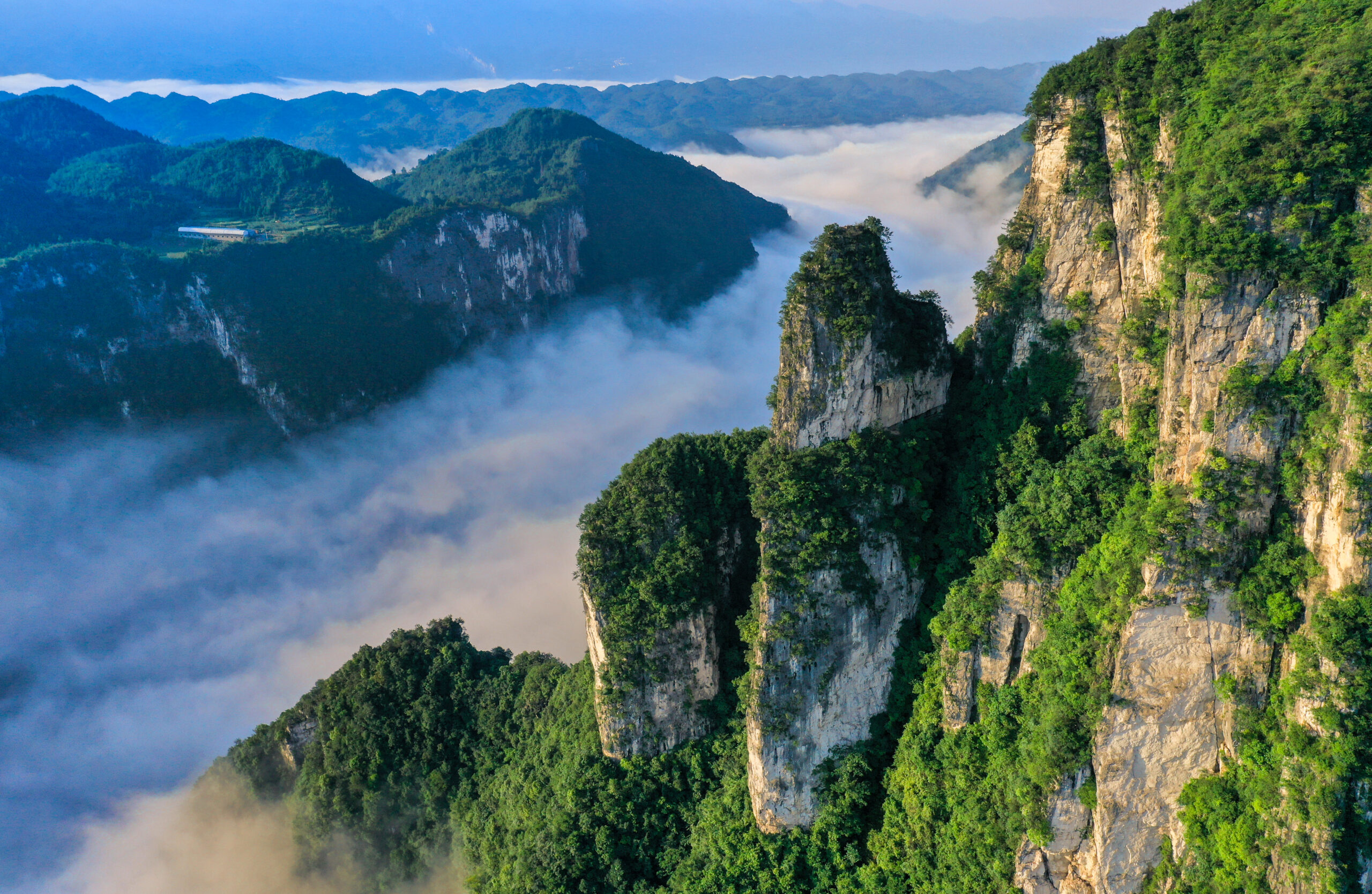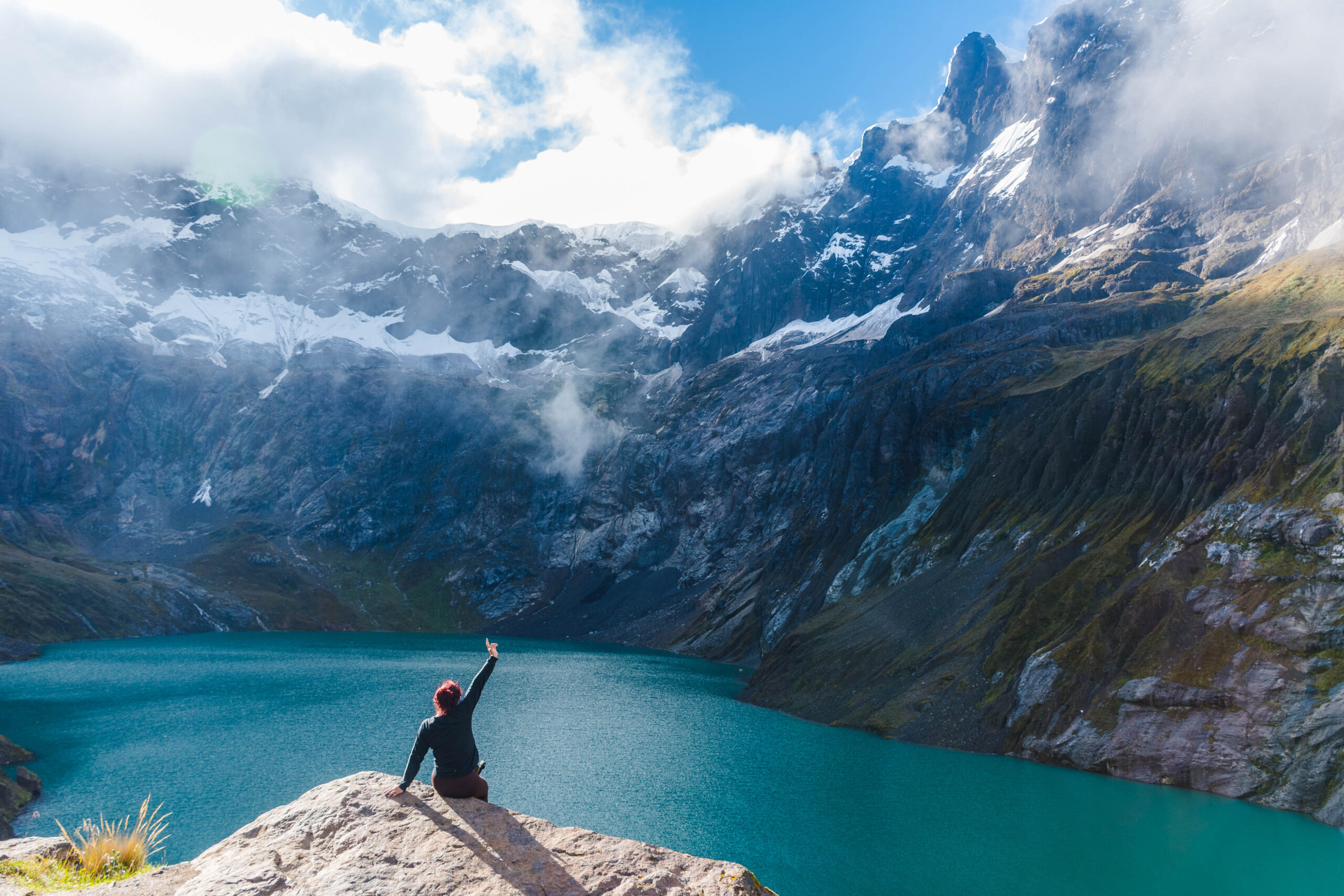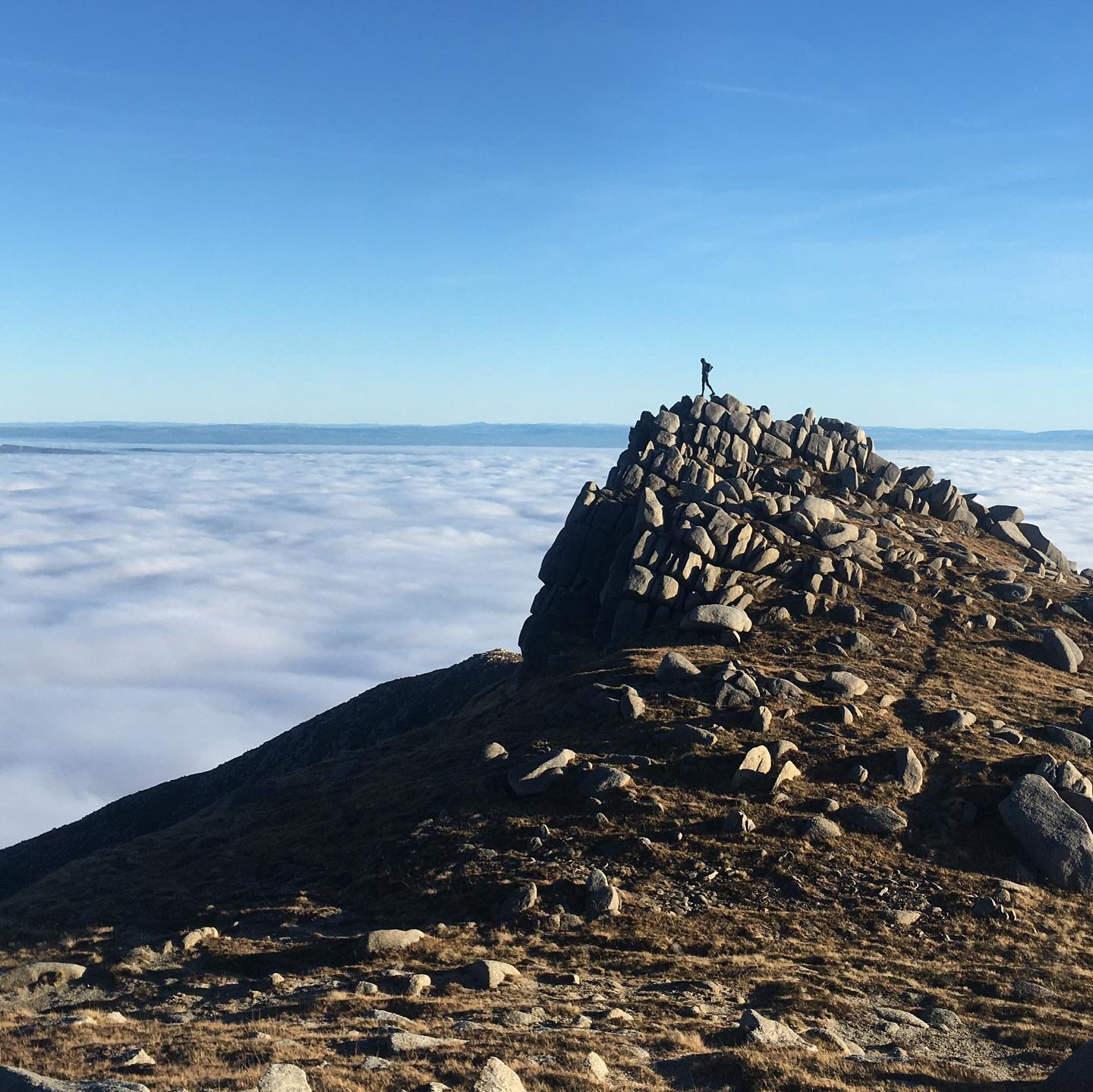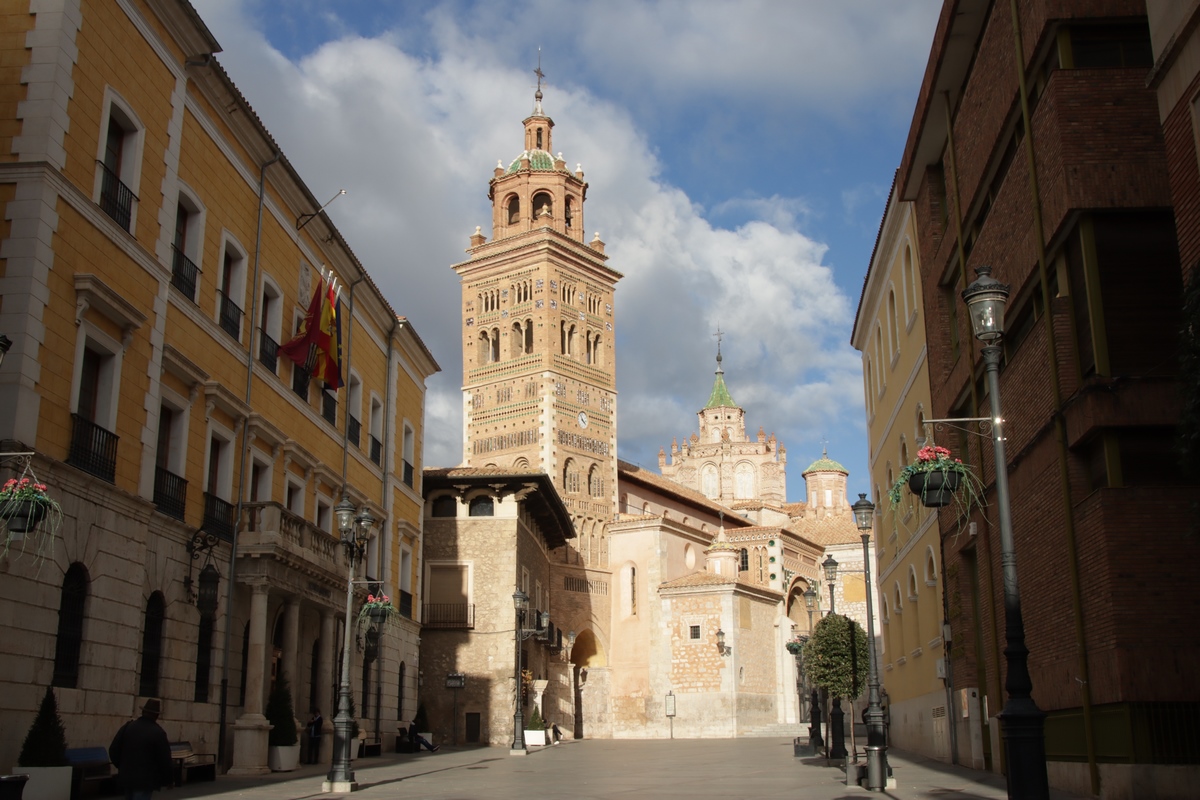At the recent conclusion of a meeting of the UNESCO Global Geoparks Council, 16 new sites from North Korea to Ecuador were recognized for their unique potential in telling the planet’s history, evolution, and climate in their own rocky way.
Known as “UNESCO Geoparks,” these lesser-known listings by the famous organization that designates buildings and properties of outstanding cultural value such as the Pyramids of Egypt or the city of Rome, number 229, and are found now across 50 countries.
In only its 10th year of gathering and listing, the Geoparks Council has now designated geoparks across areas totalling the size Namibia, from vast canyons and ancient deserts to deserted islands, extinct volcanoes, and towering mountains—anywhere the stones are able to tell the story of the planet’s evolution in a unique or outstanding way.
“In ten years, UNESCO Geoparks have become models for the conservation of geological heritage,” said Audrey Azoulay, Director-General of UNESCO. “But their role goes much further: they support educational projects, promote sustainable tourism and keep the knowledge and traditions of these territories alive through the active participation of local and indigenous communities”.
UNESCO World Heritage Sites and Natural Heritage Sites have become hot property among developing and developed nations alike, as the brand and publicity of that listing—now more than ever—can rocket these areas and buildings to the most popular destinations any country has to offer, and will in effect drive tourism even beyond the restrictions of stiff visa requirements, infrastructural impoverishment, or other factors.
In fact, a study in China which compared AAA and AAAA rated tourist sites to World Heritage Sites in ability to draw international tourists. AAA and AAAA-rated places are of the highest value domestically and deal in multiple millions of tourists every year, such as the Mawangdui tombs of the Western Han Dynasty,
At the time of data collection, there were 35 UNESCO World Heritage Sites in the country, though there are now well over 50 in China, but each UNESCO listing generated about six-times the international arrivals that an AAAA-rated site would for any given area.
“From the standpoint of increasing international tourist arrivals and foreign exchange, it becomes apparent why each country is aggressive in submitting candidate spots to apply for the lists of World Heritage Sites,” the authors wrote at the time. And aggressive it has become indeed.
An unofficial count of the UNESCO Tentative List of World Heritage Sites is 1,753 across 181 countries, only 1,000 of which have been reviewed by UNESCO at this point, including many which have been on the tentative list for years. Large nations like China or Brazil can have dozens and dozens sitting on the Tentative List, whilst nations hungry for more development like Azerbaijan or Morocco will happily submit every place or relic of any natural or cultural note to the Tentative List.
UNESCO Geoparks—the next big draw?
With a growing focus on sustainable tourism and development given the capacity a World Heritage listing has for also degrading the condition of the thing it was meant to protect, one wonders whether shining a spotlight on unique-in-the-world geologic zones will help or hinder this focus.
For Norway, currently celebrating its 4th Global Geopark, it’s a designation to be sought.
“The park is a grassroots initiative, developed and sustained by over 85 active members and partners, including municipalities, businesses, NGOs, and local citizens,” says Trude Søilen, General Manager of Fjordkystparken, a collection of fjords and islands already protected for their natural scenic beauty and unique community.
Many of the most photographed areas that are currently inscribed as Global Geoparks are found in China, and include Zhangye—those fabulously striated desert hills painted in different colors, and Zhangjiaje National Park, the archetypal Chinese dreamscape of towering sandstone pillars cloaked in forests. China, which currently enjoys the largest number of these geoparks, had two more sites listed in the recent council meeting.

Yunyang UNESCO Global Geopark, located in southwest China, showcases landscapes shaped nearly 250 million years ago that record the disappearance of an inland sea and the unique terrestrial environment that emerged in its place. The region is best known for its dinosaur-rich fossil deposits and is home to the remarkable ‘Great Wall of Dinosaur Fossils’, an 18 km stretch of rock layers packed with fossils dating back nearly 170 million years. In one extraordinary section, around 5,000 dinosaur fossils are exposed offering unique insights into dinosaur evolution during the Middle Jurassic.
The geopark is also home to dramatic karst landscapes—distinctive rock formations shaped by water over time—including one of the world’s deepest sinkholes, which plunges 335 meters and serves as a key research site.

Located in the Ecuadorian Andes, Tungurahua Volcano UNESCO Global Geopark displays a geological history spanning over 417 million years, shaped by volcanic eruptions and glacial activity. The landscape features deep canyons, crystal-clear rivers, icy waterfalls and towering rock walls. At the center stands Tungurahua Volcano, an active site for volcanological studies. Beneath its surface, magma heats underground water, creating mineral-rich thermal springs that have long been valued for their therapeutic properties.
The geopark also has a significant seismic history, with major earthquakes in 1797 and 1949 devastating towns like Guano, Pelileo and Patate. Baños de Agua Santa, located at the foot of Tungurahua Volcano, endured eruptions from 1999 to 2016 and has been recognized as a model for resilience in the face of volcanic events. Today, the town thrives with diversified economic activities, including a well-developed adventure tourism industry.

Arran UNESCO Global Geopark, located off the southwest coast of Scotland, encompasses terrestrial and marine zones that record 600 million years of Earth’s history. This island’s remarkable landscape tells a story of tectonic plate collisions, the shifting of continents from the southern hemisphere, the opening of the Atlantic Ocean and the sculpting of alpine mountains by glaciers. It’s a place where the ancient forces of nature are still visible in the dramatic cliffs, smooth beaches and rugged landscapes.
The island’s ecosystems support species like the Arran whitebeam, one of the world’s rarest and most endangered tree species, which has existed on the island since the last glaciers retreated. Over 156 bird species and more than 1,000 plant species thrive here, making Arran a haven for nature enthusiasts. WaL



